Inspired by the crude beauty and roughness of the demolished Kinuta apartment interiors, prior to their restoration, the geometrical design of the apartments is reflected in the structure of the table. The design unleashes the beauty of the material through its succinct structure, shown through the transparent glass top, while providing a warm and relaxing atmosphere when accompanied by chairs in a space.
A–DT01
KEIJI ASHIZAWA

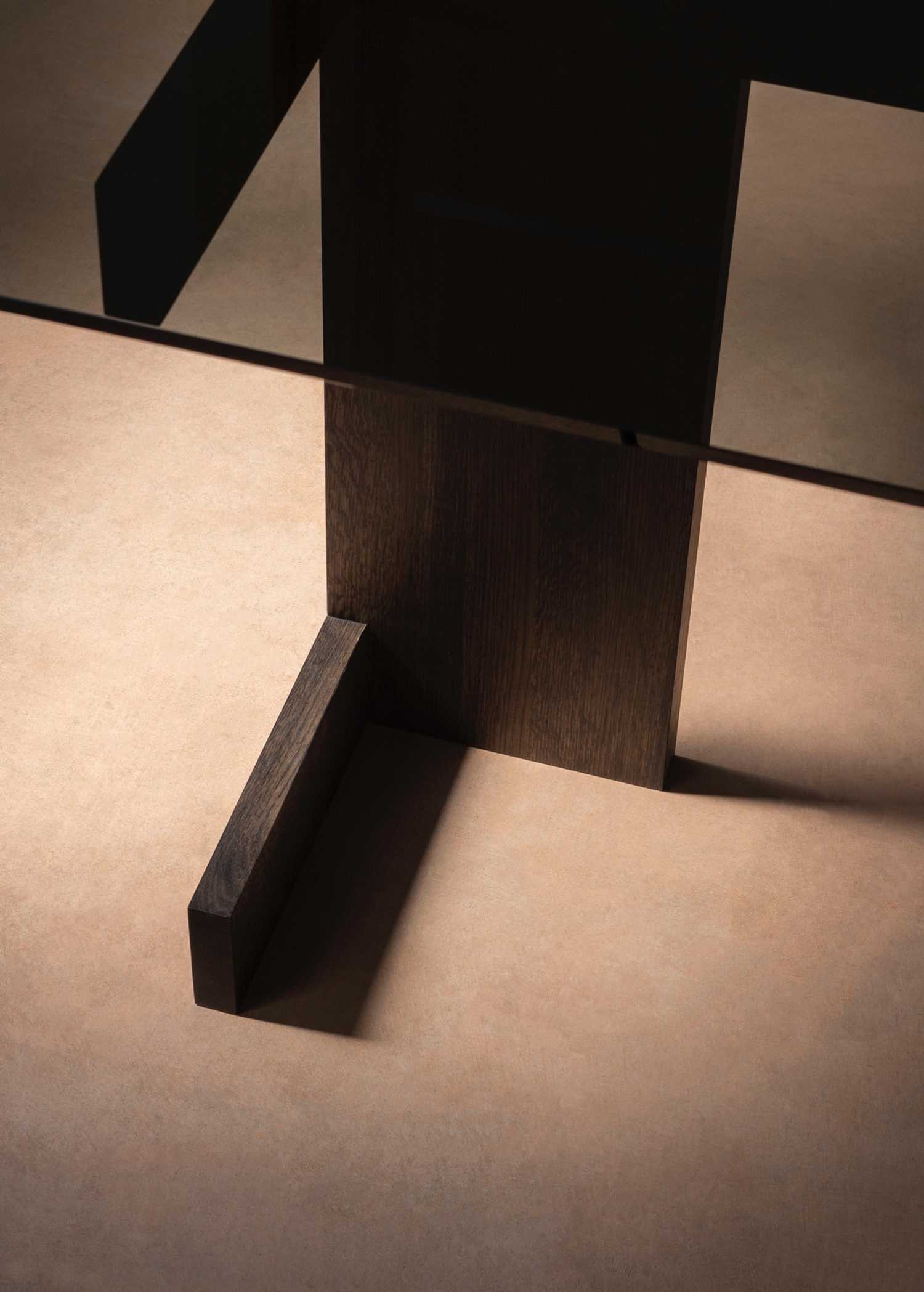
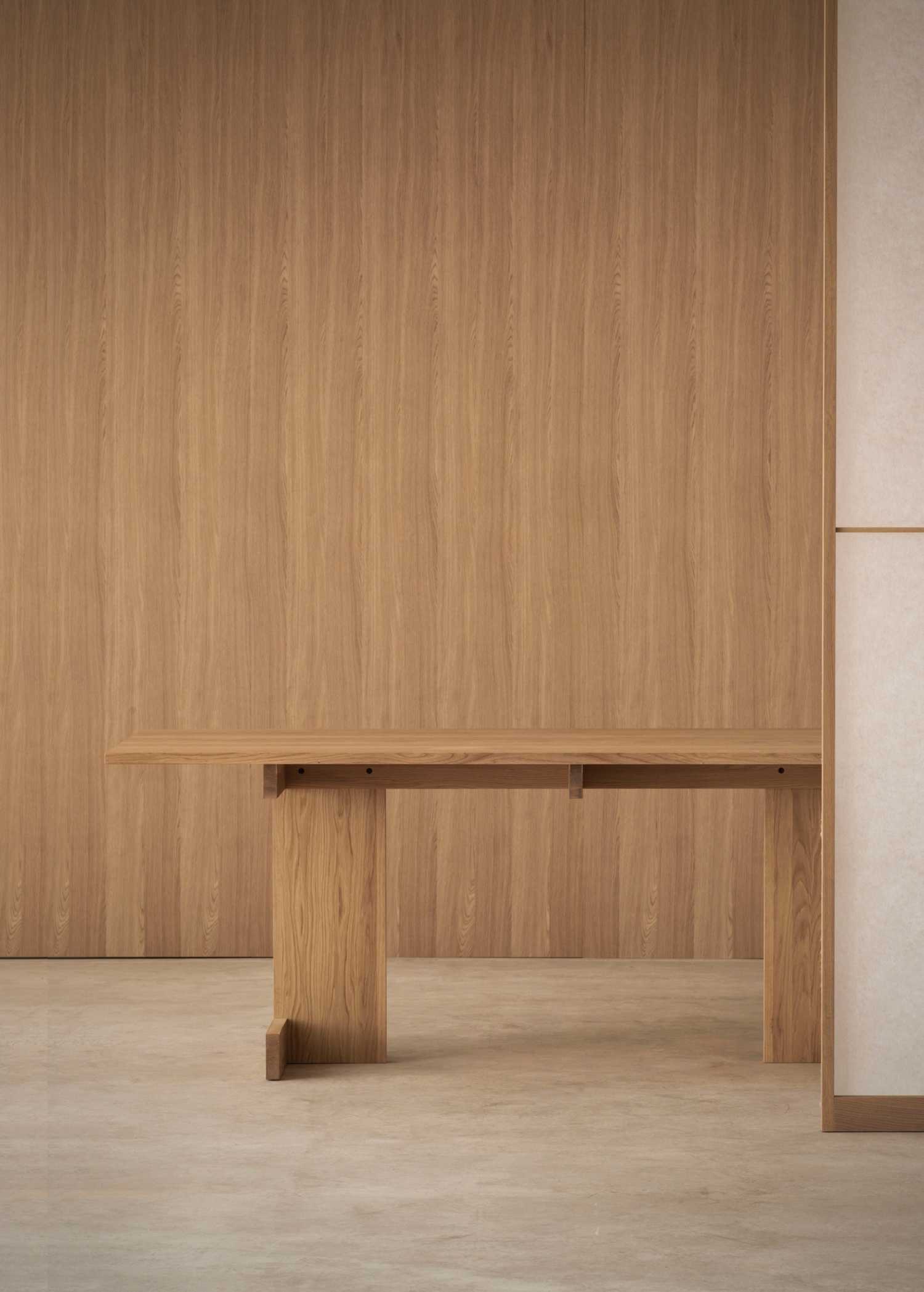


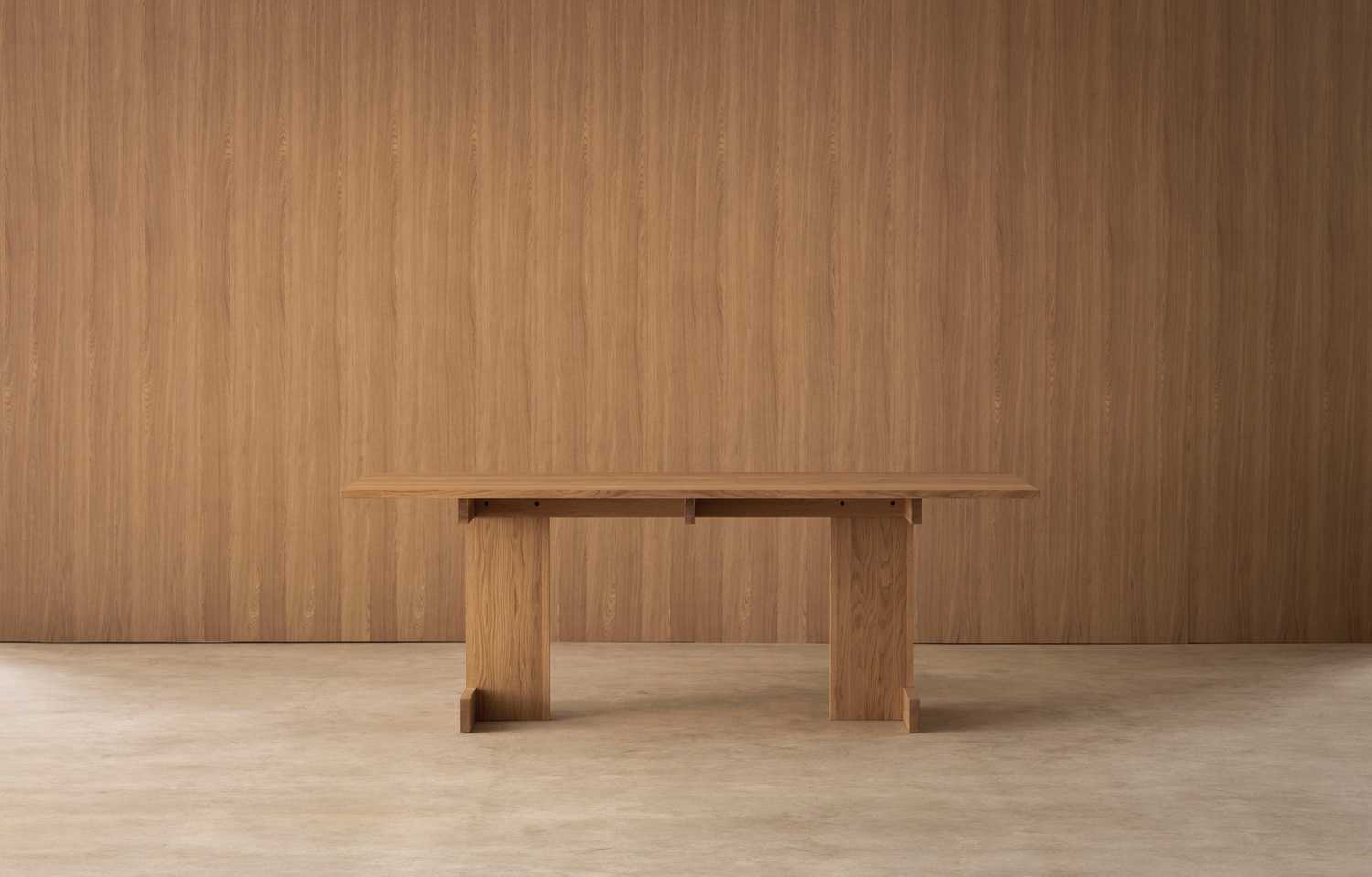
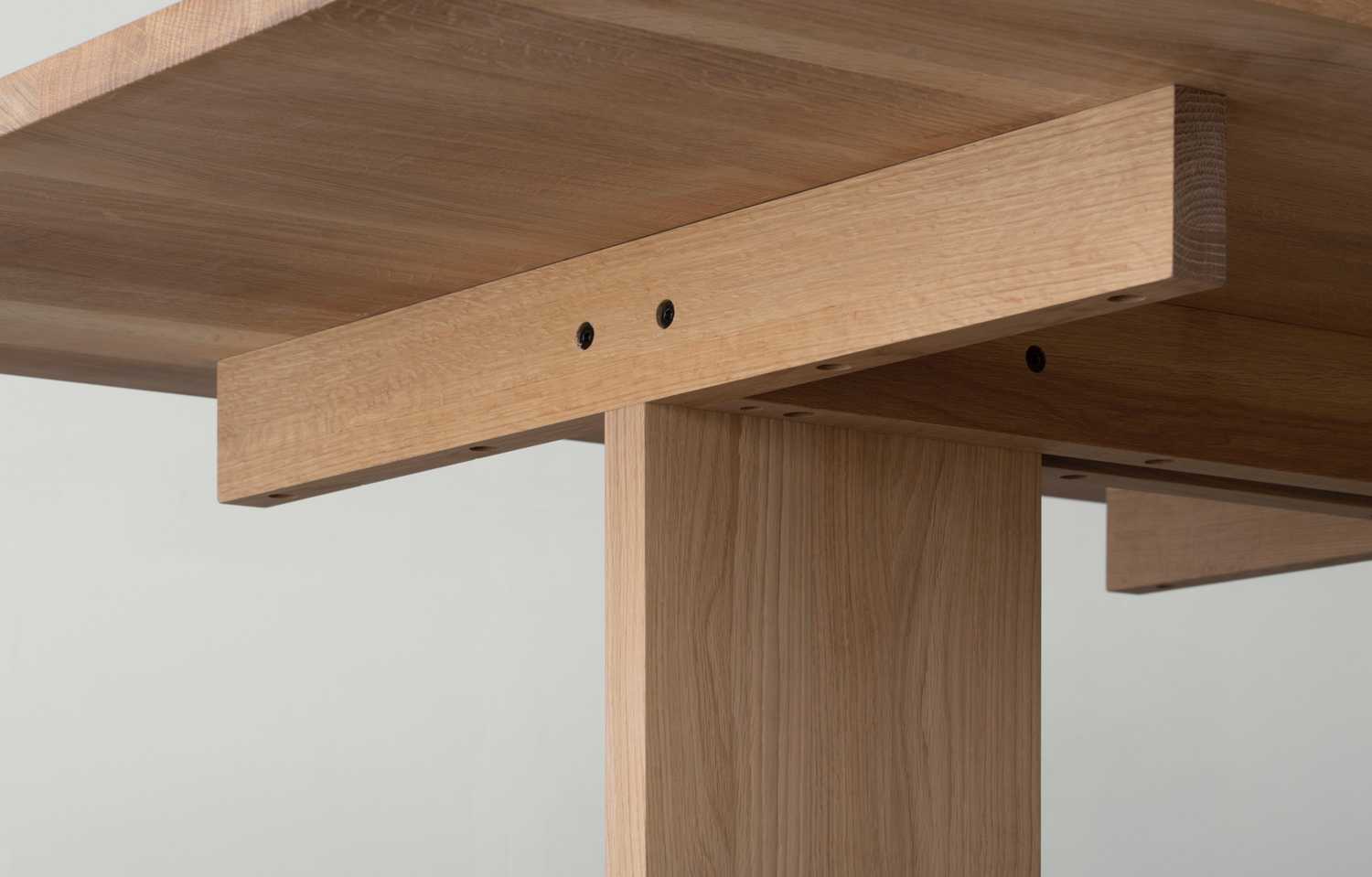
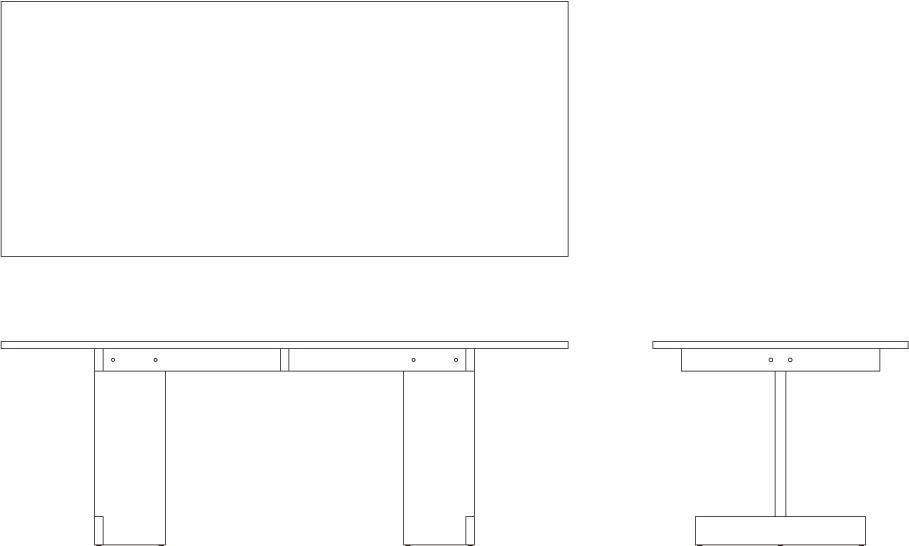
- Dimensions
- width
- 2000
- depth
- 900
- height
- 720
- SEAT HEIGHT
- ARM HEIGHT
- materials
- TIMBER
- PURE OAK
- SMOKED OAK
- GRAIN MATTE BLACK
- KEYAKI BROWN
- TOP
- TINTED GLASS
- WOOD TOP
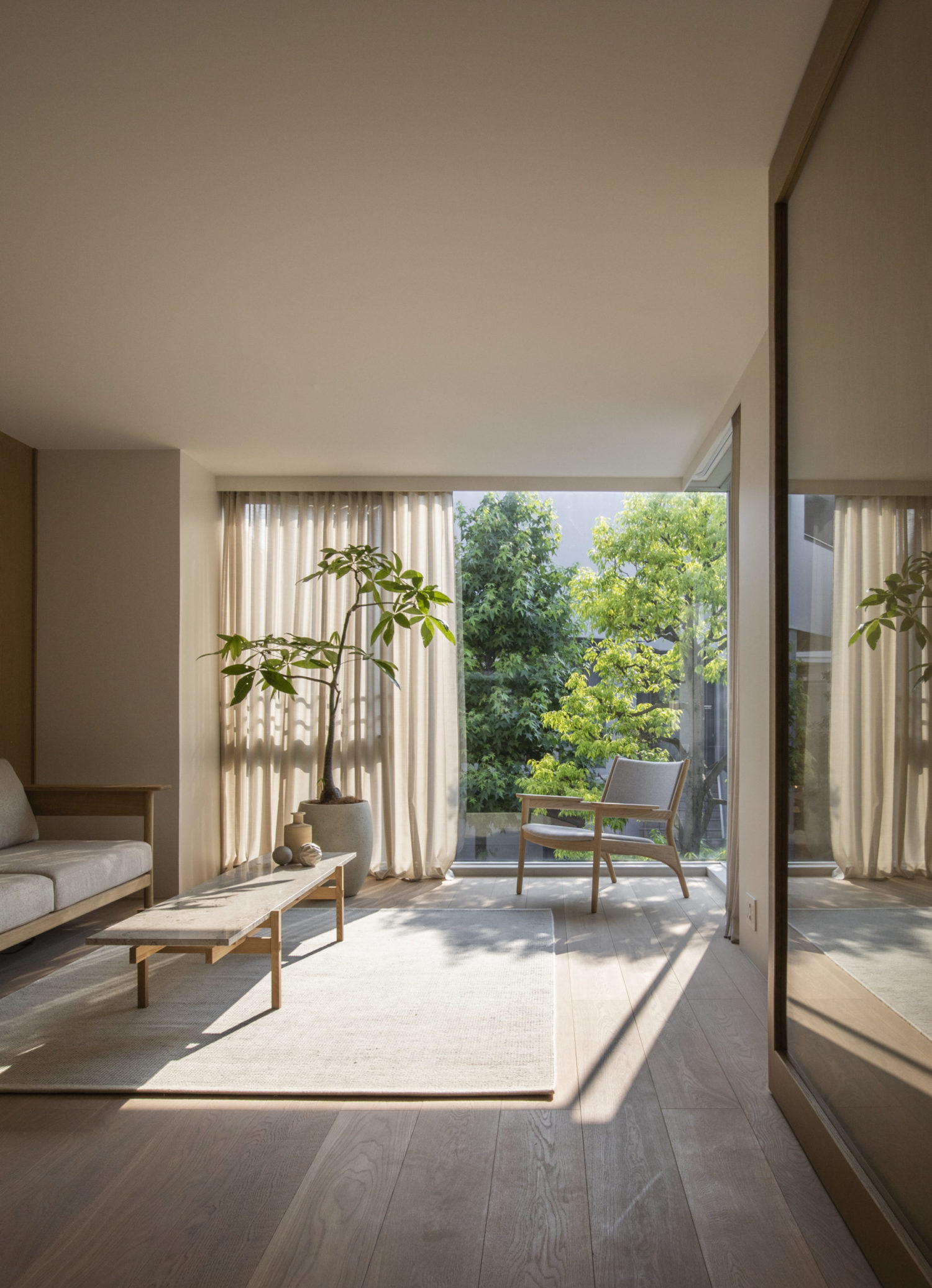
Kinuta Terrace
The Kinuta Collection has its native setting in two of the 36 Kinuta Terrace apartments located in the Kinuta ward of the Setagaya district in Tokyo. Kinuta Terrace was originally built in 1991 with an integrated courtyard, giving residents the advantages of a single-family home.
The Keiji Ashizawa Design team has renovated the interiors in collaboration with Norm Architects, creating, amongst a series of interior elements, 12 tailormade furniture pieces that make up the first collection of Karimoku Case, all drawing on the natural references of the connected courtyard in an attempt to invite in nature as much as possible — in their design language as well as through their material compositions.

Kinuta Terrace
The Kinuta Collection has its native setting in two of the 36 Kinuta Terrace apartments located in the Kinuta ward of the Setagaya district in Tokyo. Kinuta Terrace was originally built in 1991 with an integrated courtyard, giving residents the advantages of a single-family home.
The Keiji Ashizawa Design team has renovated the interiors in collaboration with Norm Architects, creating, amongst a series of interior elements, 12 tailormade furniture pieces that make up the first collection of Karimoku Case, all drawing on the natural references of the connected courtyard in an attempt to invite in nature as much as possible — in their design language as well as through their material compositions.
Keiji Ashizawa
Keiji Ashizawa Design is an architecture and product design studio based in Tokyo, Japan. Formed in 2005 by Keiji Ashizawa, the studio is comprised of both architects and designers, all bringing unique skills to the team.
Through logical thinking and open-mindedness, the studio presents works of ‘honest’ design — simple, thoughtful and refined — derived naturally through the process of maximizing the potential of each material. The work of the studio is based on the notion that the sharing of experiences is essential to the creative process, exercised through collaboration on many levels: internally amongst the designers, and in maintaining relationships with clients and other creative professionals to grow, learn and form an evolving dialogue of thought. After graduating from Yokohama National University in 1996, Keiji spent the first ten years of his career working as both an architect and steel fabricator. The unique skills and experience gained throughout these early years, including a valued understanding of materials, continue to influence his approach to design.
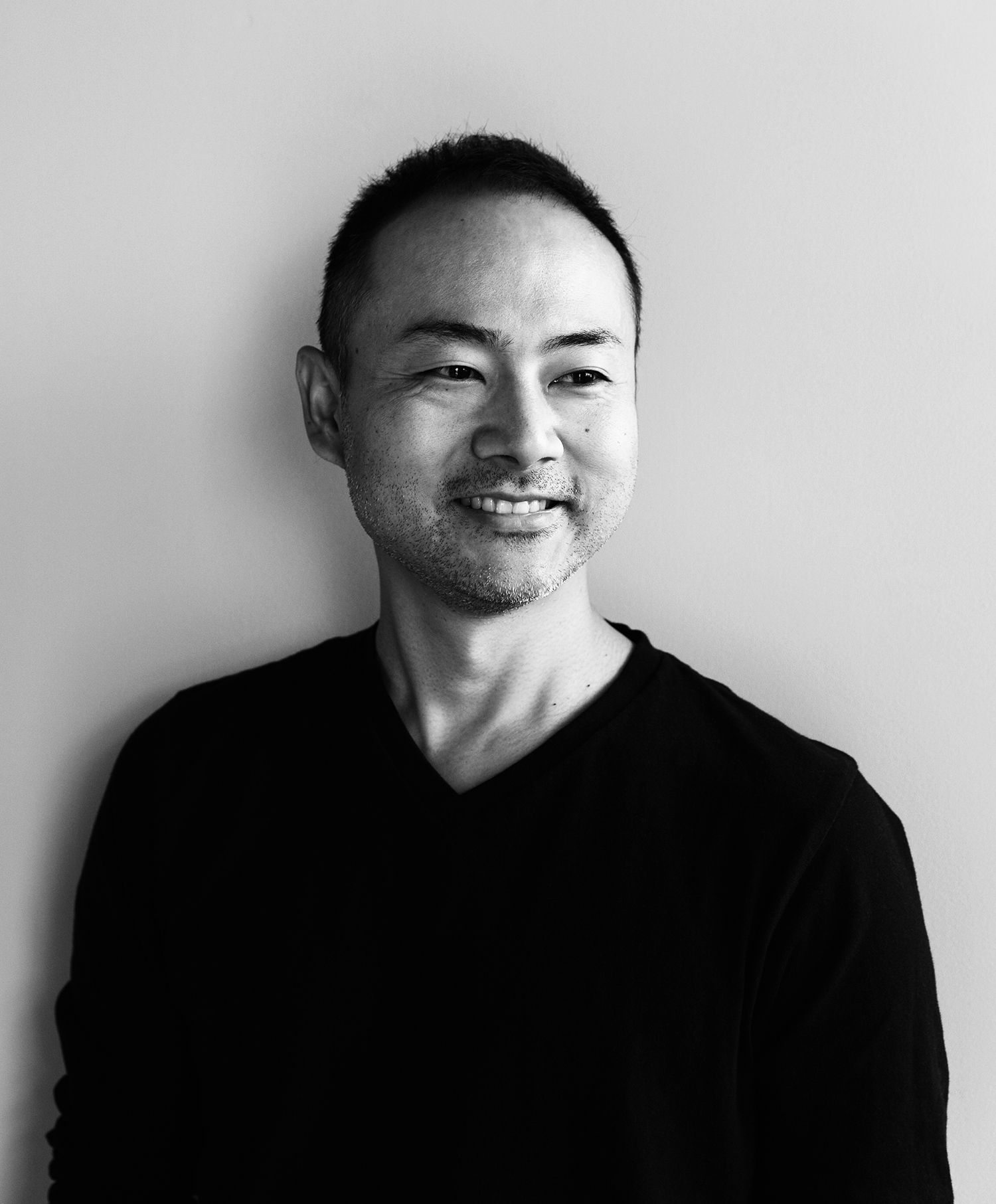

Keiji Ashizawa
Keiji Ashizawa Design is an architecture and product design studio based in Tokyo, Japan. Formed in 2005 by Keiji Ashizawa, the studio is comprised of both architects and designers, all bringing unique skills to the team.
Through logical thinking and open-mindedness, the studio presents works of ‘honest’ design — simple, thoughtful and refined — derived naturally through the process of maximizing the potential of each material. The work of the studio is based on the notion that the sharing of experiences is essential to the creative process, exercised through collaboration on many levels: internally amongst the designers, and in maintaining relationships with clients and other creative professionals to grow, learn and form an evolving dialogue of thought. After graduating from Yokohama National University in 1996, Keiji spent the first ten years of his career working as both an architect and steel fabricator. The unique skills and experience gained throughout these early years, including a valued understanding of materials, continue to influence his approach to design.